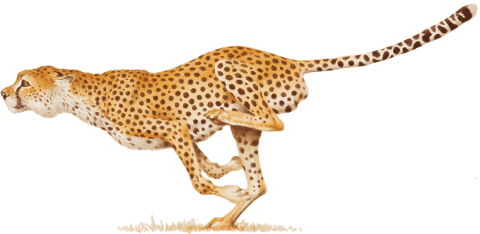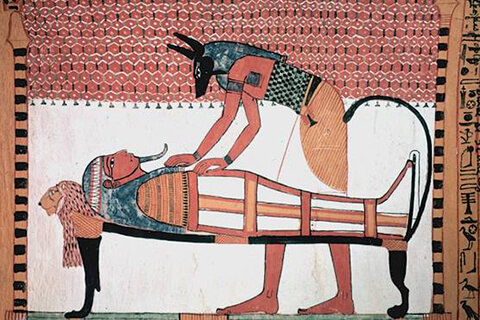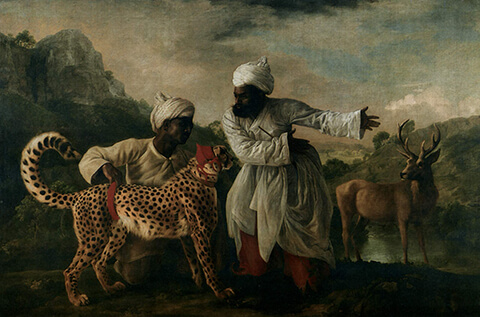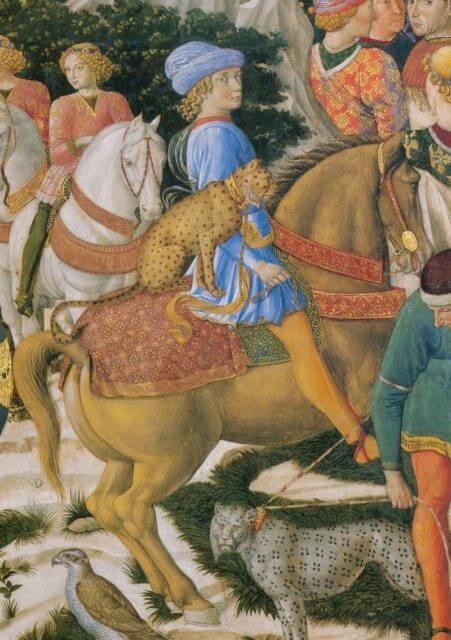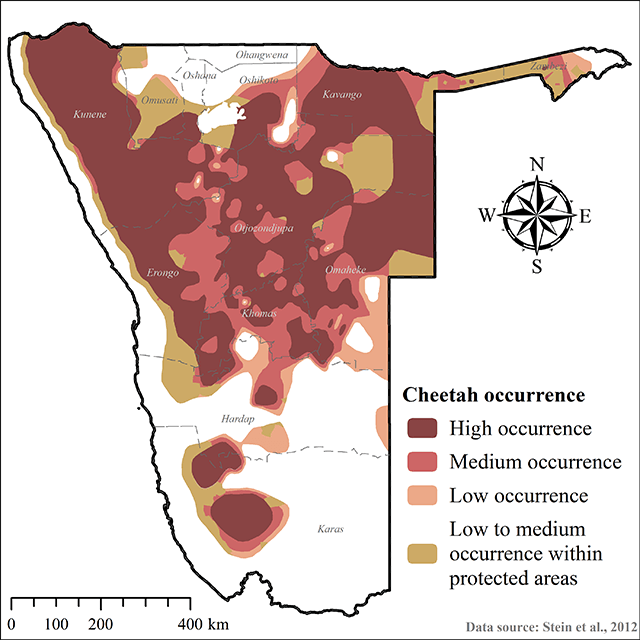Evolution
Although many would think the cheetah had originated on the continent of Africa, the oldest fossils place cheetahs in North America in what is now Texas, Nevada and Wyoming. Cheetahs were common throughout Asia, Africa, Europe and North America until the end of the last Ice Age, about 10,000 years ago, when massive climatic changes caused large numbers of mammals to disappear.
Evolution of Cats
Which big cat is the most related to the cheetah?
It is easy to think that the closest relative to the cheetah among the big cats is the leopard, given the close resemblance to their appearances. However, the cheetah is actually most closely related to the North American cougar (puma) (Puma concolor) and the jaguarundi (Herpailurus yagouaroundi) that roams through Central to South America. Together, these three species form the Puma lineage, one of the eight lineages of the Felidae family.
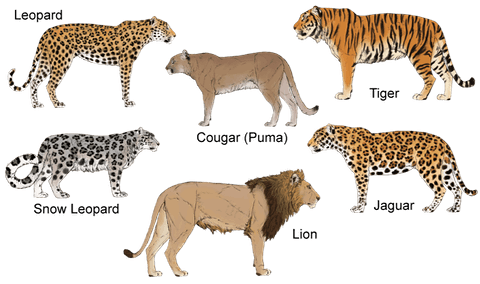
Felidae Family Tree
The evolution of the Felidae cat family began about 25 million years ago. Through time, the ancestors of the cat family slowly evolved into eight main lineages, with each lineage representing a subset of the Felidae cat family that are the most related genetically.

